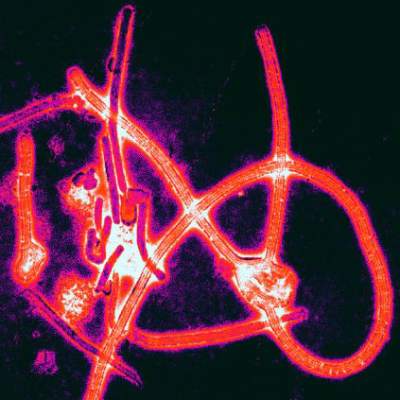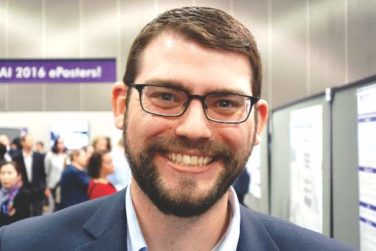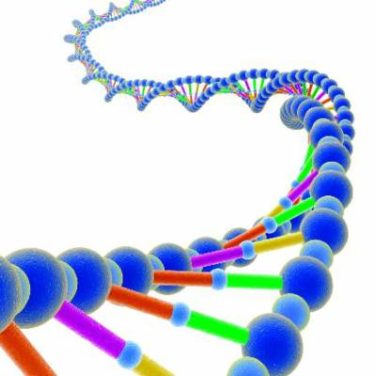FROM THE NEW ENGLAND JOURNAL OF MEDICINE
Overall survival was 81.5% for the 27 patients with Ebola virus infection who were treated in the United States or Europe during the recent outbreak, according to a report published online Feb. 18 in the New England Journal of Medicine.
This is markedly higher than the 37%-74% survival reported for the almost 29,000 cases treated in West Africa, where treatment centers were challenged by overwhelming numbers of critically ill patients; limited medical supplies; insufficient numbers of caregivers; limited water, electricity, refrigeration, and other basic resources; and hot, humid working conditions that reduced the time health care personnel could attend to patients while wearing the required protective gear, said Dr. Timothy M. Uyeki of the Centers for Disease Control and Prevention, Atlanta, and his associates.
The investigators performed a retrospective analysis of the medical records of these 27 patients in a descriptive study of their clinical care. The patients were treated from August 2014 through December 2015 at 15 hospitals in 9 countries. Twenty (74%) were medically evacuated from West Africa, three (11%) were Western health care personnel who acquired the disease while caring for patients, and four were “imported” patients who contracted the virus while in West Africa but didn’t become ill until after they traveled to the United States or Europe. Overall, 22 of the patients (81%) were health care personnel, of whom 17 (77%) contracted the virus in West Africa.
Overall mortality was 11.1% after 2 weeks of illness and 18.5% after 4 weeks. The five patients who died were all aged 42 years or older and were significantly older than those who survived. Being 40-45 years old or older has been identified as a risk factor in West Africa as well. Those who died also were hospitalized significantly later after the onset of illness. At least six more patients would have died if they hadn’t received advanced organ support: two required noninvasive ventilation, two required invasive mechanical ventilation, and two required both invasive mechanical ventilation and continuous renal-replacement therapy.
Routine therapies included oral or intravenous fluid replacement, total parenteral nutrition, antiemetics, empiric treatment with multiple antibiotics, nonconvalescent blood products, and respiratory supportive care. Most patients also received investigative therapies such as monoclonal antibody cocktails, antivirals, and treatments aimed at counteracting vascular leakage.
A wide range of possible adverse effects were reported – including systemic inflammatory response syndrome, hypotension, elevated aminotransferase levels, and transfusion-associated acute lung injury – but couldn’t be distinguished from the effects of supportive treatments or even of the virus itself “because of their uncontrolled administration and because most patients received multiple, overlapping investigational therapies,” the researchers said (N Engl J Med. 2016 Feb 18;374:636-46. doi: 10.1056/NEJMoa1504874).
“A key feature” of the lifesaving clinical care was laboratory testing to closely monitor electrolyte levels and hematologic factors. “Our experience suggests that early presentation and receipt of supportive care, IV fluid resuscitation, careful fluid management and electrolyte replacement to correct metabolic abnormalities, nutritional support, and critical care support may reduce mortality among patients with Ebola virus disease,” Dr. Uyeki and his associates said.
They noted that, until now, the infection was not thought to involve a clinically significant respiratory component; however, eight of these patients (30%) presented with cough and nine required ventilatory assistance, and difficulty breathing raised the risk of death.
“The pathophysiological mechanism of pulmonary disease in patients with Ebola virus infection is unknown, but there could be multiple contributing factors, including vascular leak from endothelial infection or cytokine dysregulation or direct damage to Ebola-infected [pulmonary] cells,” they wrote. Aggressive fluid repletion and lung injury from investigational treatments also may have contributed to respiratory involvement.
This study was supported by the working group of the U.S.–European Clinical Network on Clinical Management of Ebola Virus Disease Patients in the U.S. and Europe. Dr. Uyeki reported having no relevant financial disclosures; two of his associates reported ties to Epiguard and Pfizer.






